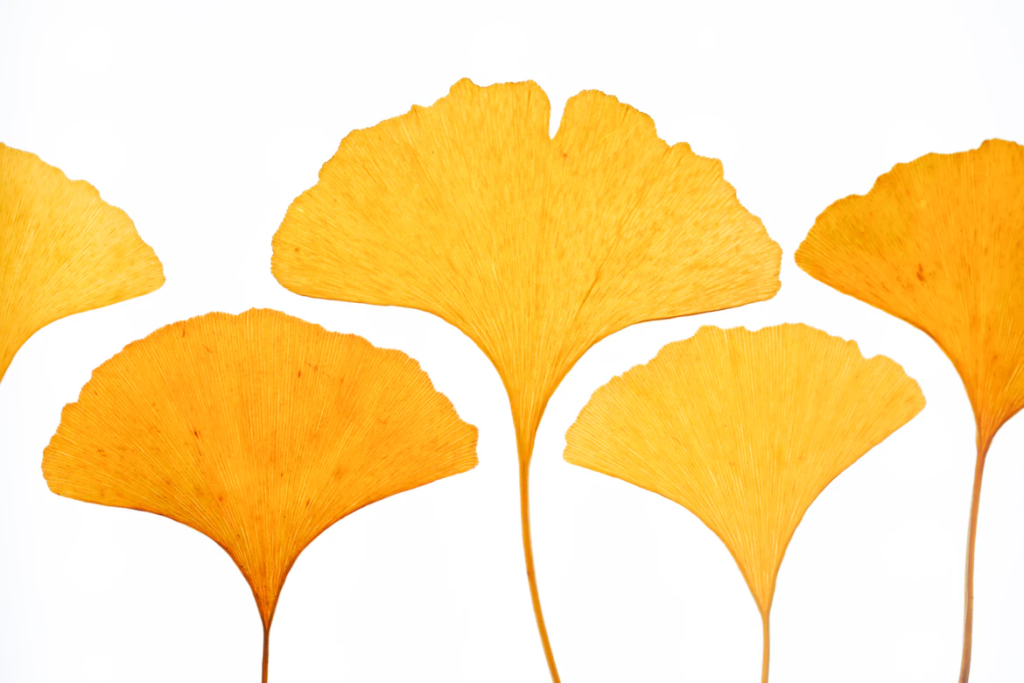Learn about an extraordinary symbol of friendship and cooperation between Japan and the Netherlands: the Ginkgo biloba.
The Ginkgo biloba, also known as the maidenhair tree, is a deciduous tree native to China that has become widely cultivated around the world. It is known for its distinctive fan-shaped leaves and its ability to withstand harsh environmental conditions.
The Ginkgo has a long history of use in traditional Chinese medicine, where it is believed to have a number of health benefits. It is also used as an ornamental tree in gardens and parks, and it has become a popular symbol of peace and hope.

The Role of the Ginkgo biloba in the Introduction of Dutch-Style Botanical Gardens to Japan
The Ginkgo biloba is significant for Japanese-Dutch relations in part because of the role it played in the introduction of Dutch-style botanical gardens to Japan. In the late 16th century, the Dutch East India Company established a trading post on the island of Dejima, in Nagasaki, Japan, and began trading with the Japanese. As part of this trade, the Dutch brought plants and seeds from all over the world, including the Ginkgo biloba.
The Ginkgo biloba quickly became popular in Japan, and it was used in the creation of botanical gardens that were modeled after the Dutch-style gardens. These gardens, which were called “Dutch gardens,” became popular in Japan, and they continue to be an important part of Japanese culture today.
The Ginkgo biloba is also significant for Japanese-Dutch relations because it is a symbol of the long and enduring relationship between the two countries. The tree is a reminder of the cultural exchange that took place between Japan and the Netherlands in the past, and it is a symbol of the continued friendship and cooperation between the two countries.
In conclusion, the Ginkgo biloba is a significant tree for Japanese-Dutch relations because of its role in the introduction of Dutch-style botanical gardens to Japan and its symbolic value as a symbol of the long and enduring relationship between the two countries.

There are many ways to use Ginkgo leaves to create art, and as soon as we realise our dream of a Japanese Cultural Centre in Utrecht, we hope to explore them together with you! Meanwhile, feel free to share your creations in our Japan Fans group.
